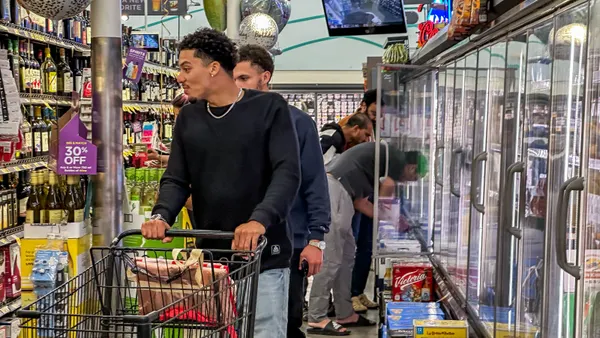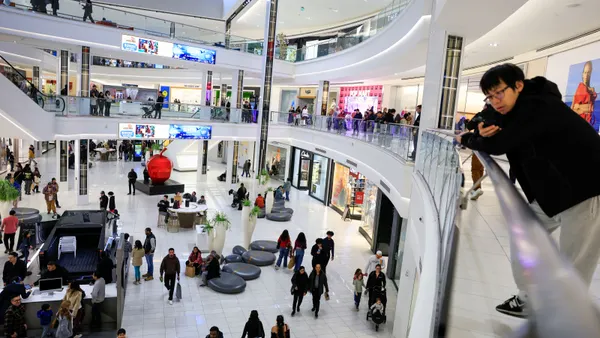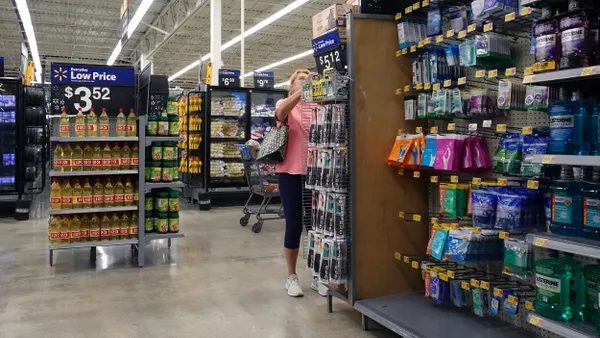While other banks have closed some of their brick-and-mortar locations as consumers have gravitated to online banking, JPMorgan Chase has bucked the trend.
In the beginning of February, the company shared its plans to open 500 Chase branches over the next three years in an effort to expand its already large footprint.
That’s because supporting customers isn’t an either-or situation, according to Sonali Divilek, head of digital products and channels at Chase. Digital banking and in-person services complement each other to meet customer needs.
“Consumers want both the ease and flexibility of banking from their phone, and access to branches and experts that can help them navigate life moments,” she told CX Dive in an email.
Chase’s footprint is expanding online as well as in-person. The bank saw a 10% increase in mobile app users year over year, growing its number to 54 million customers. And it continues to develop new mobile banking tools — including tools to help customers set budgets and improve credit scores — to meet changing customer demands.
In the meantime, its physical footprint has grown to more than 4,700 branches in 48 states, according to Divilek. That’s the most branches of any bank.
But nationwide, the number of bank branches have shrunk. Amid the industrywide trend of consumers looking to mobile and digital for their banking needs, banks have prioritized digital services over in-person assistance — at times, to their own detriment.
“Banks shuttered too many branches and anticipated that a post-pandemic world would continue to negate the practicality of having a branch available,” Marc DeCastro, research director at IDC of consumer banking engagement strategies, told CX Dive in an email.
To DeCastro, customers see brick-and-mortars as indicative of a bank’s accessibility.
“Customers often choose a primary institution based on proximity of the closest branch to their home or office — even if working remote,” DeCastro said. “Customers will see more services available to them, and communities benefit as these branches oftentimes become active in the community they serve.”
Those storefronts also act as reminders to customers passing by to engage with their bank — even if they do so online.
“In fact, our customers engage digitally with Chase more in places where we have branches and we see higher digital account production,” Divilek said. “They want choice and in-branch and digital banking complement each other.”
The mobile app provides speed and convenience and helps with “everyday money needs,” from sending money or making payments to splitting purchases and redeeming rewards, Divilek said. It also provides the ability to check in on their financial health, by looking at their budget or checking their credit score.
Branches, on the other hand, “are becoming more advisory in nature with a focus on wealth management and lending, which often work best in a traditional face-to-face environment,” DeCastro said.
The branch serves customers who have more complex questions and who want advice.
“They can talk to a banker on how to grow and build a small business, get information on home loans and the process of owning a home, and other important conversations on how to make their money support their goals and their future,” Divilek said.










